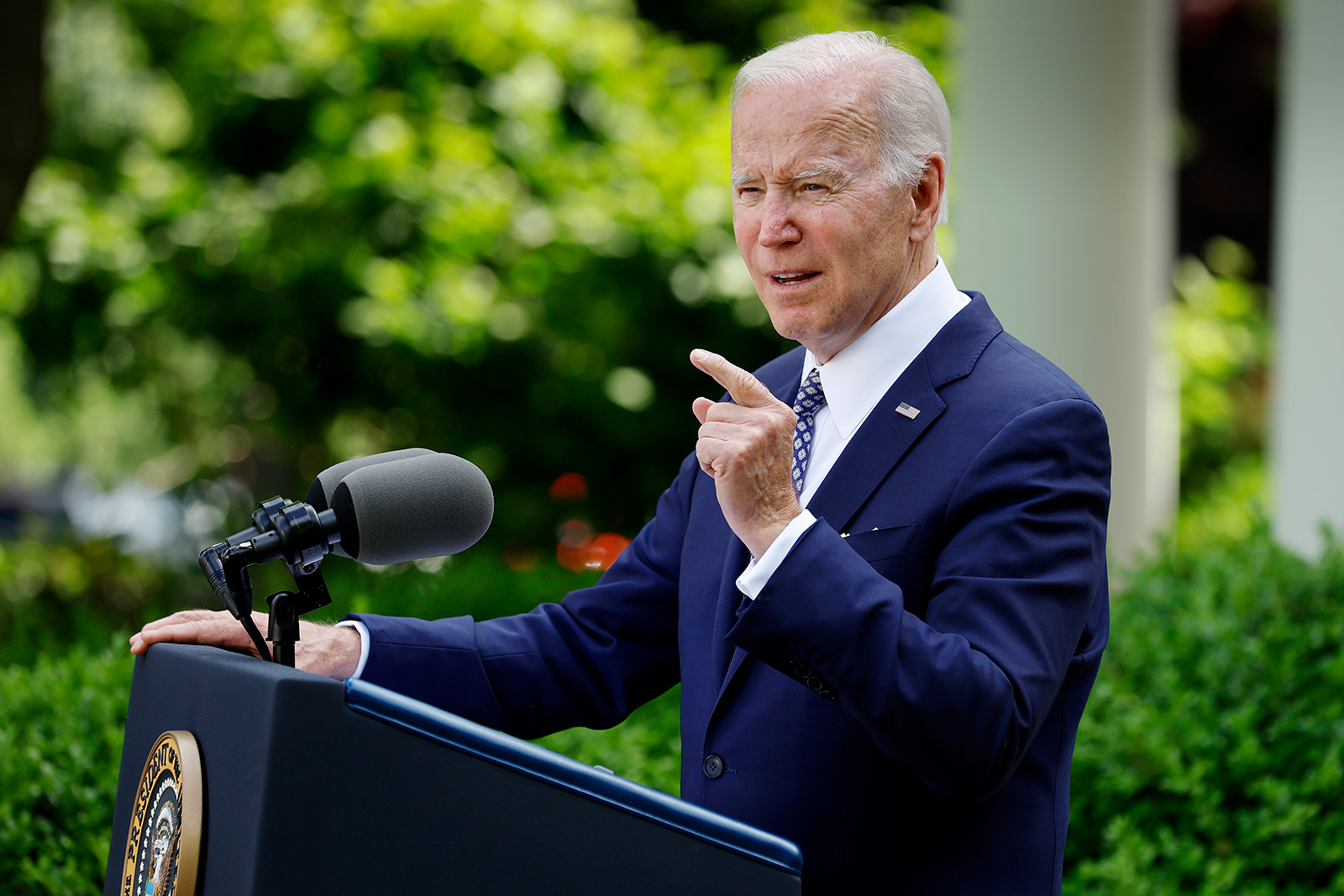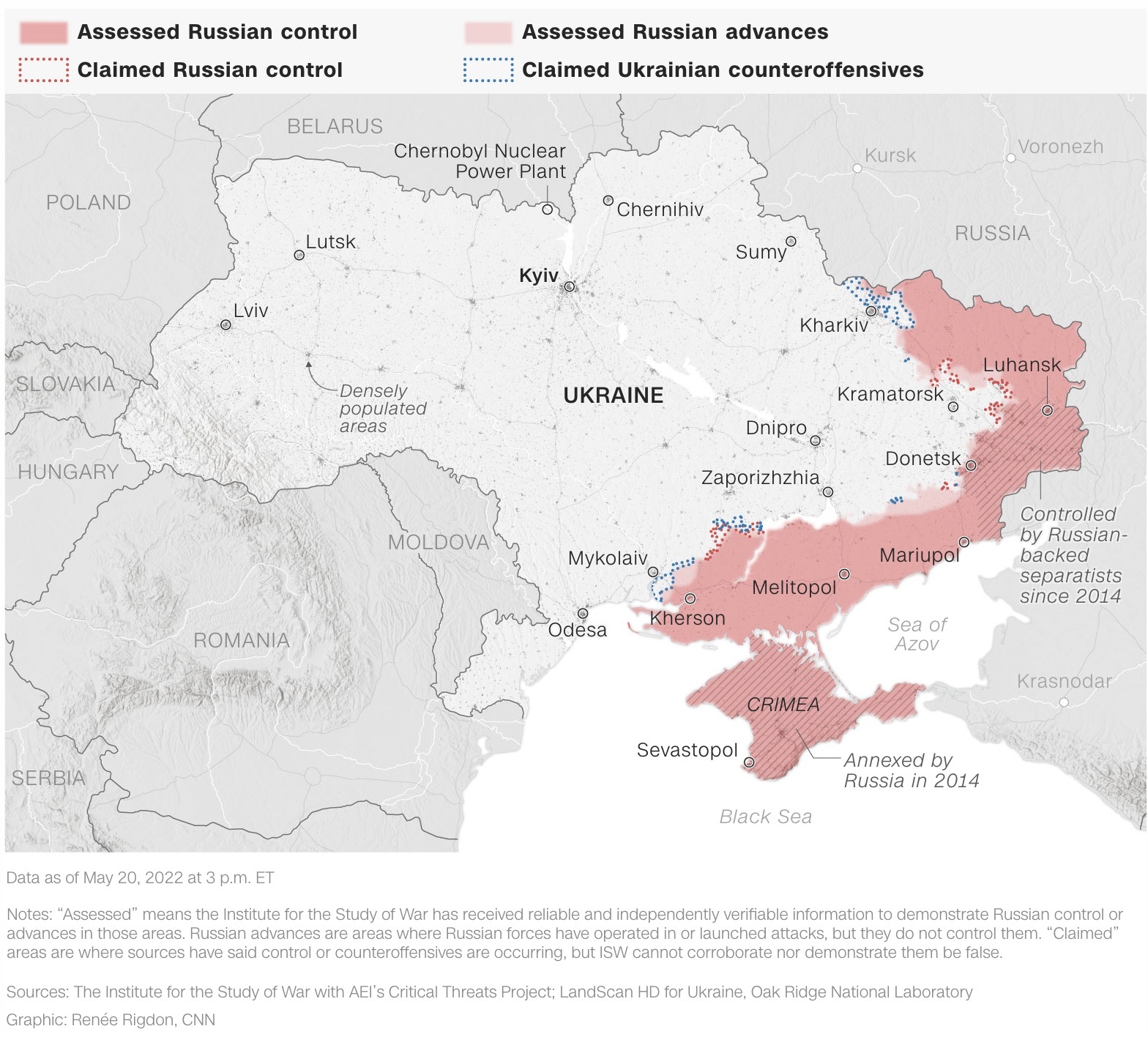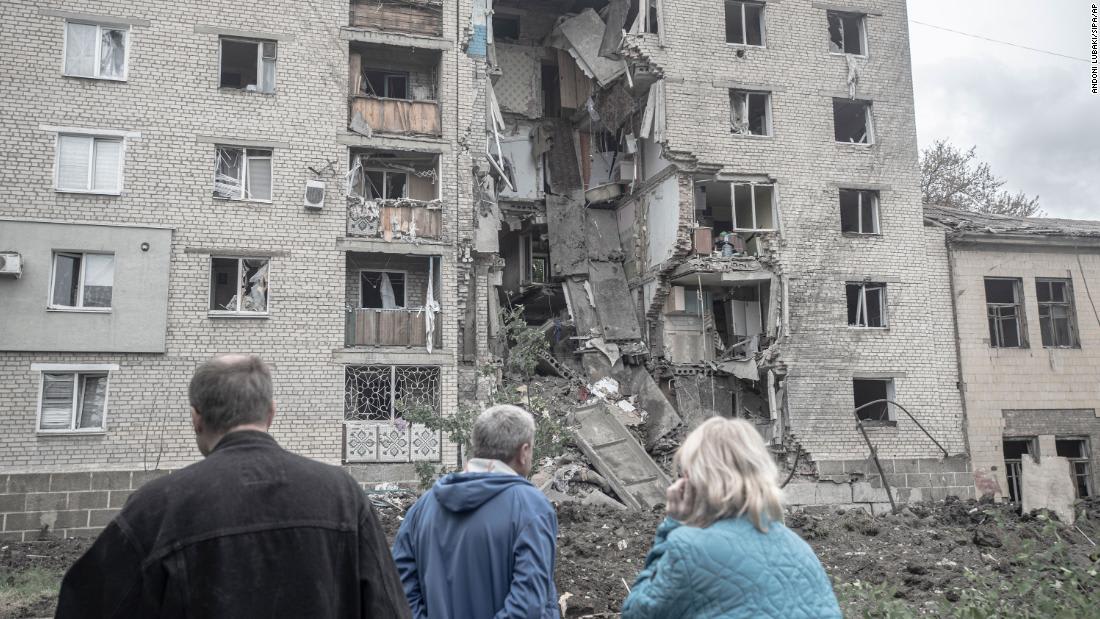
It is nearly three months since Russia invaded Ukraine – a 12-week period in which Russian forces have wrought devastation on the country and its people, resulting in death on a vast scale and causing millions to flee.
But the invasion has not been the military success Moscow hoped, and is now deep into its second phase.
The bulk of fighting has moved to the east after failed Russian advances in central Ukraine. The Ukrainians are focusing on retaking some key areas closer to the Russian border, while Moscow is seeing its troops beaten back in a few key battles.
Western aid is also flowing into Ukraine, NATO is set to be strengthened as Nordic countries seek to join, and the first Russian soldier accused of war crimes has stood trial.
Here’s what has happened in several key areas since the war began.
Donbas
After weeks of intense fighting, Ukraine’s eastern Donbas region is “completely destroyed,” Ukrainian President Volodymyr Zelensky said Thursday.
He accused Russia of a “deliberate and criminal attempt to kill as many Ukrainians as possible” after a village in Chernihiv was hit with missiles, leaving many dead.
Officials in the region say the front line is being shelled “day and night,” with Russian forces attempting to break through Ukrainian lines.
A NATO military official told CNN Wednesday that the alliance expects something of a stalemate over the next few weeks. But the official said NATO believes momentum has shifted significantly in favor of Ukraine and the debate within NATO circles is now over whether it is possible for Kyiv to retake Crimea and the Donbas territories seized by Russia and Russian-backed separatists, respectively, in 2014.

Kharkiv
Ukrainian forces have beaten back Russia’s assaults in Ukraine’s second largest city of Kharkiv, and advanced toward the border in several places north and east of the city.
Ukrainian officials said last week they were liberating villages on the outskirts of the city. Their advances led to the symbolic and embarrassing expulsion of the Kremlin’s forces back to their own border while posing the strategic threat of cutting Russia’s supply lines into Ukraine and its forces further south in Donbas.
Anastasia Paraskevova recently returned to her home in Kharkiv for the first time since fleeing the city two months ago. It had been under constant bombardment since then until Russian forces were repelled.
Paraskevova said overall the experience was good.
“The city was much more alive. People were walking the streets. And some shops were working. It felt like some life was back, much better than it was when I was here in March.”
Kherson
Every day, hundreds, or even thousands, of people are trying to flee the Russian-occupied region of Kherson in southern Ukraine.
The city has been under Russian control since early in the invasion. Ukrainians are leaving for many reasons: to avoid being detained or to escape the heavy-handed actions of Russian forces, or because of the chronic shortages of medicine and other basics in Kherson, which fell under Russian control soon after the invasion.
Last week, a convoy of about 1,000 vehicles tried to leave Kherson. The Russians ultimately let the convoy move in batches – but only after holding it in one place for most of the day.
Keep reading here:


